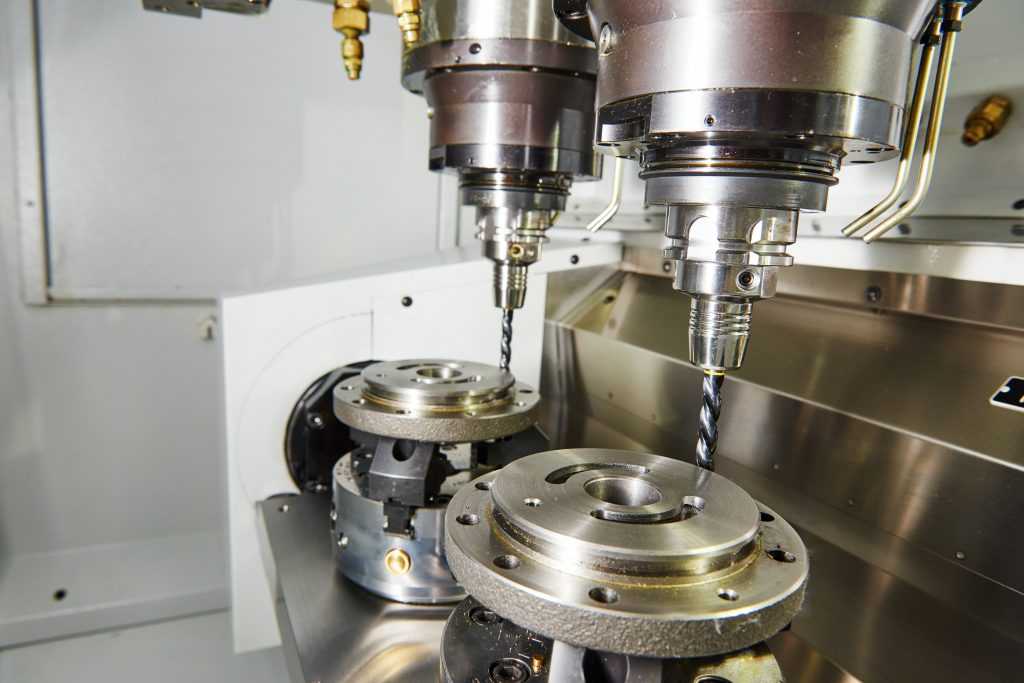 A Swiss lathe is a popular choice for high precision, high production turning jobs and has a number of advanced features. Let's take a closer look and find out what's the difference between a conventional lathe and a Swiss lathe. A Swiss lathe or turning machine is the ideal choice in high production, precision applications that require automation and fast cycle time. The first and most important difference is that the Swiss lathe has no fixed head; the head is moving and the workpiece is held in a chuck, connected, and supported by the tailstock.
A Swiss lathe is a popular choice for high precision, high production turning jobs and has a number of advanced features. Let's take a closer look and find out what's the difference between a conventional lathe and a Swiss lathe. A Swiss lathe or turning machine is the ideal choice in high production, precision applications that require automation and fast cycle time. The first and most important difference is that the Swiss lathe has no fixed head; the head is moving and the workpiece is held in a chuck, connected, and supported by the tailstock.
- Swiss lathe uses oil as a cutting fluid rather than water.
- It's used for machining cycles that are complex and require high speed.
- The Swiss lathe has a moving headpiece, the workpiece is attached to this and extended through a guide bushing, and it can’t be extended too far. Because of this, you need to divide a long part into smaller pieces and work on each piece individually.
- In a Swiss cutting machine, the size and material of the guide bushing are important considerations. There is no guide bushing in a conventional lathe.
- Swiss lathes are better and faster than conventional lathes and the advantages come from both the guide bushing and the geometry and mechanics of the tools.
- It is easier to cut complex parts on a Swiss lathe, as the machine has several simultaneous operations happening at the same time and 3-4 tolls will be cut at the same time.
- A single cut will remove all the excess material and leave a surface finish that is excellent and doesn’t require additional grinding work.
- You need to make a Z-axis and offset in a Swiss lathe when you need to make the longer cut or when you need to drill a deeper hole. In a conventional lathe, the offset is Z minus.
There you have it; these are some of the differences between a Swiss lathe and a conventional lathe.

